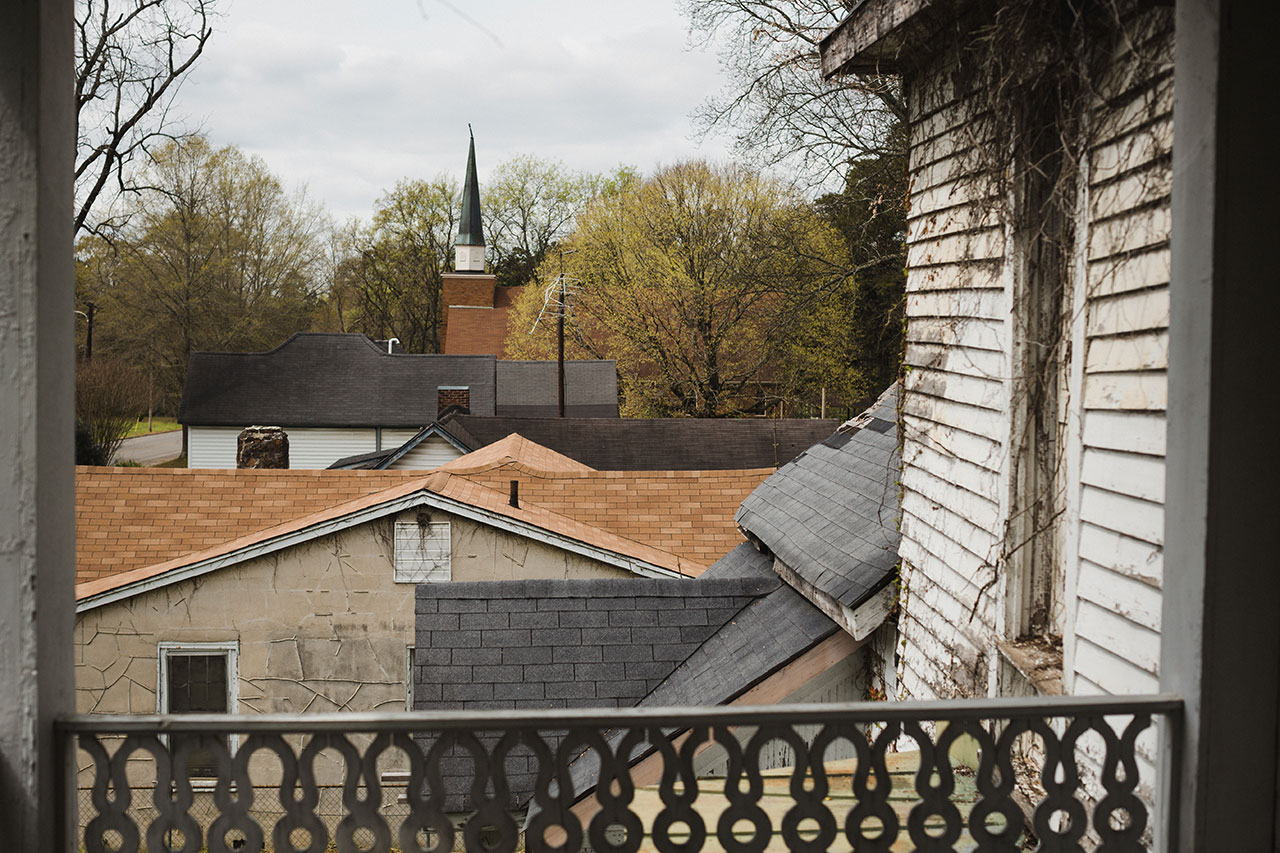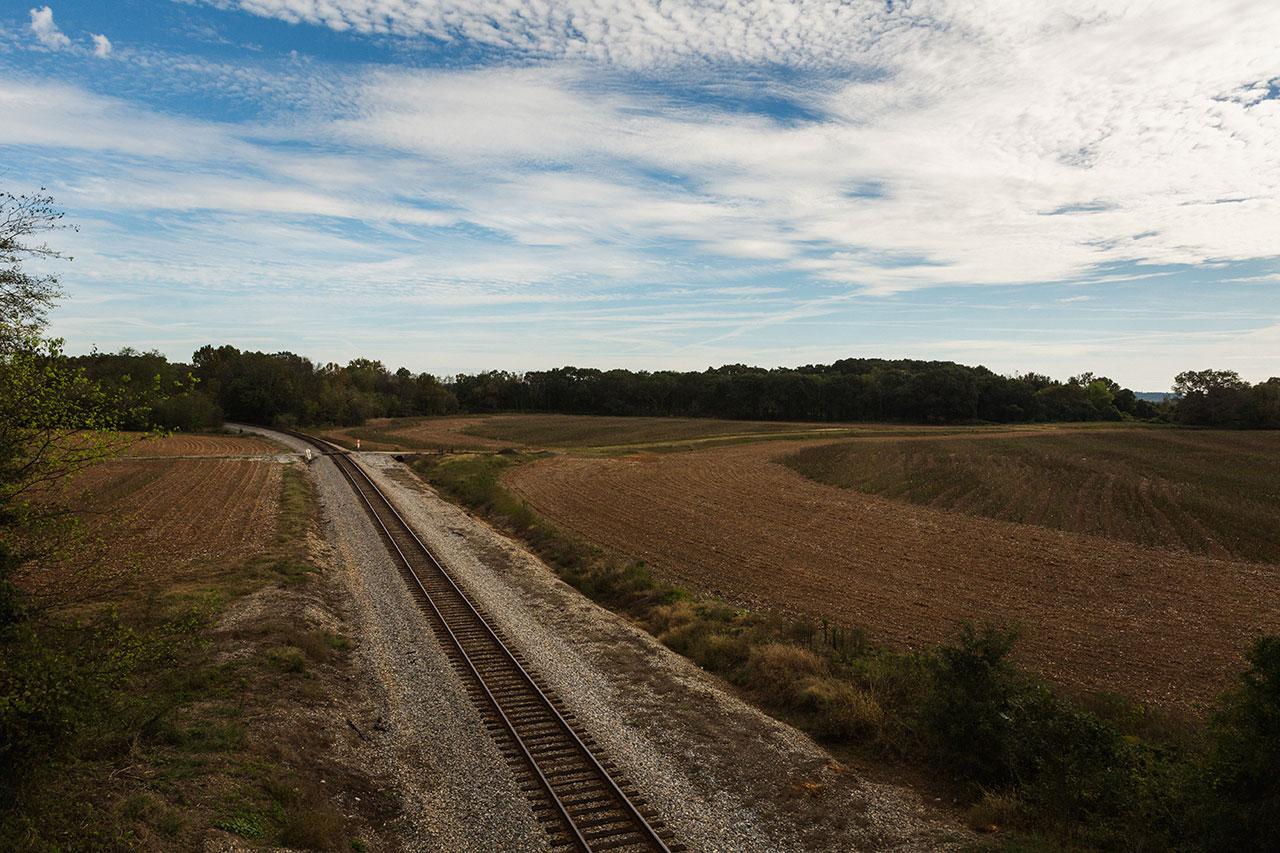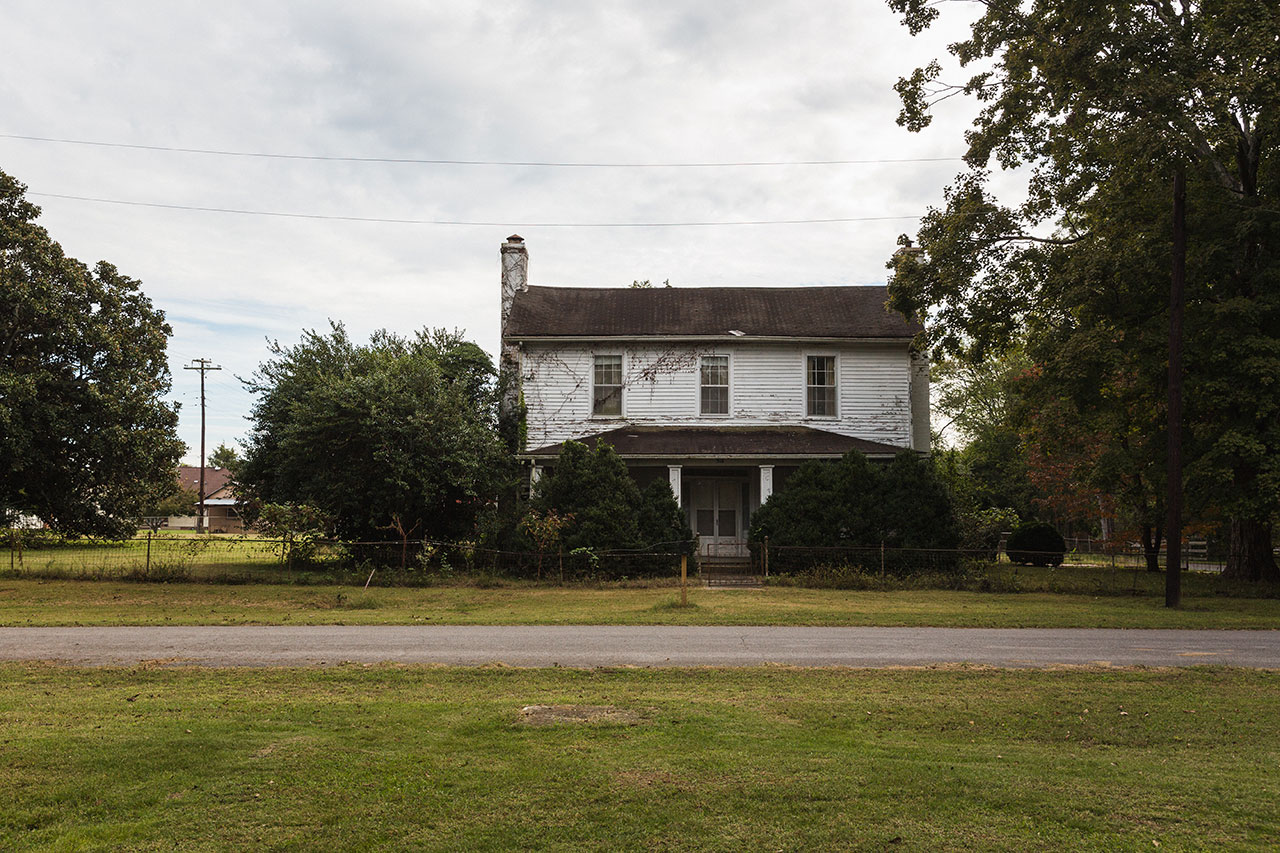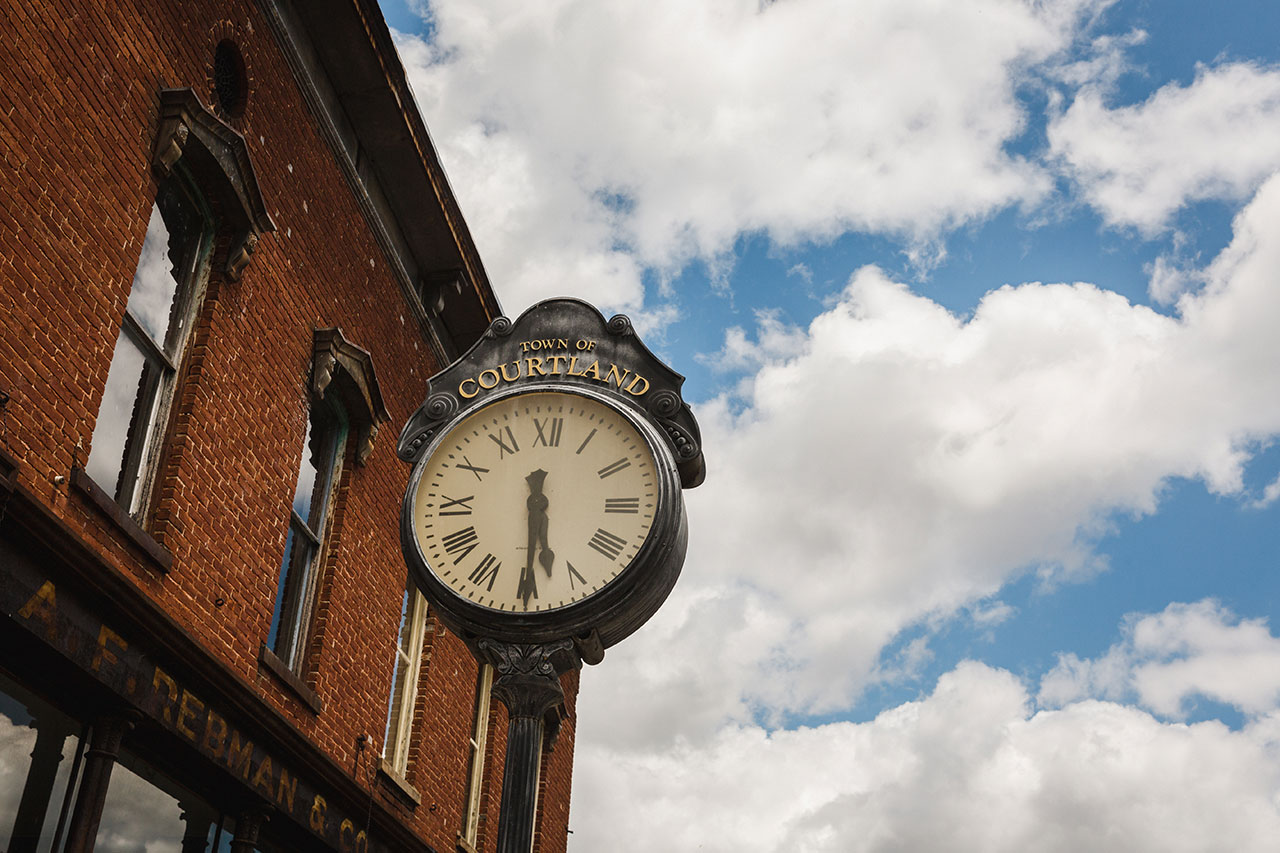Courtland
Few places live up to the idea of a “crossroads of history” like Courtland, Alabama. The railroad that bisects Courtland from east to west is one of the earliest rail routes in eastern America and runs parallel to the thoroughfare designated as the Main Street in the original town plat. Incorporated as Ebenezer one day before Alabama officially became a state on December 14, 1819, Courtland was later reincorporated under its current name in 1829. Like so many small towns in Alabama, the railroad was the engine for economic development. The formation of the Tuscumbia, Courtland, and Decatur Railroad Company in 1832, and the completion of the line connecting the three communities in 1834 made it possible to circumnavigate the treacherous Muscle Shoals of the Tennessee River. The rich land of the region supported huge cotton plantations, but the Muscle Shoals meant that shipping the cotton to market solely using the river was impossible for most of the year.

The railroad also played a role during the Trail of Tears in 1837, as the Cherokee forced from their homes in Tennessee, Georgia, and Alabama traveled west. In Decatur, three detachments of Cherokee and a small number of Creeks moved from barges to the railroad to avoid the Muscle Shoals, making the TC&D the only railroad used during removal. In Tuscumbia, the detachments again took to the river. Eight structures still standing in town witnessed the Cherokee removal in 1837 and the 1836 Creek Removal, which happened via road through the region as well. The Memphis and Charleston Railroad system absorbed the line in the 1850s.
Today, it is controlled by Norfolk Southern. The trains now speed through town, and Courtland, like many small towns, struggles. The recent closure of International Paper brought a new wave of economic challenges as residents lost well-paying jobs at the plant. The historically African American section of Courtland incorporated as North Courtland in 1981, creating two towns where there was once one. Despite the challenges Courtland has faced, residents continue to work to revitalize a once-thriving town by using its inherent historical, architectural, and cultural resources.







